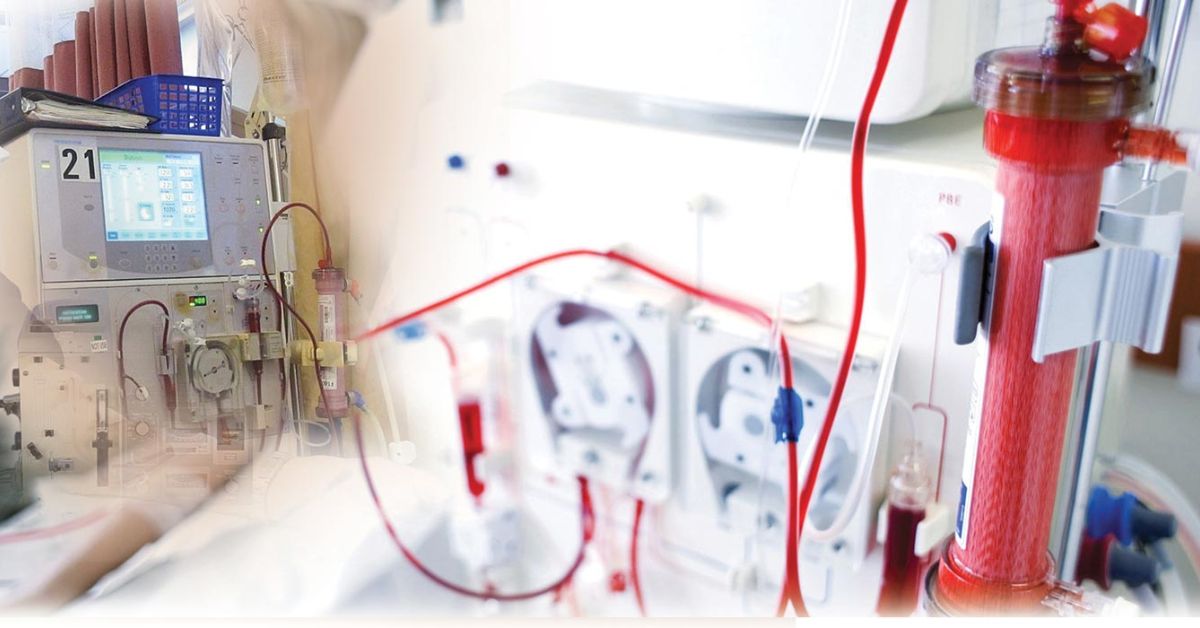
What the Future of AI and Hemodialysis Therapy Looks Like
This is a crucial step for the healthcare industry because the process of using hemodialysis has remained relatively unchanged in the last couple of decades. Plus, with more than 700,000 people receiving dialysis and only about 7,350 specialized dialysis centers across the country, this is putting a tremendous strain on these facilities.
Therefore, anything that can be done to help improve the efficiency of hemodialysis treatments is something that can lead to significant improvements in the healthcare industry as a whole. Here is what the current state of AI use in dialysis treatments is and what the future looks like for the relationship between AI and hemodialysis therapy.
Existing Problems With Hemodialysis
As previously mentioned, the technology and techniques surrounding hemodialysis therapy have remained largely unchanged so far in the 21st century. This has resulted in medical professionals still having a lack of dialysis devices that are capable of reacting to any changes that occur in the middle of the dialysis treatment. These devices are also unable to continually improve themselves through learning from past treatment sessions and using this information to personalize future sessions.
With the number of complications that occur during dialysis treatments, being able to make real-time changes is crucial to help further lower the amount of dialysis-related deaths and reduce the amount of resources required from healthcare professionals.
Current Use of AI in Hemodialysis Therapy
There are several ways that AI technology is currently being tested for its effectiveness in hemodialysis therapy. Two of the most promising areas are the anemia control model (ACM) and the Hemocontrol™ system.
With the ACM, the AI neural network model predicts future hemoglobin concentrations for patients based on their updated clinical data. It also uses an algorithm that provides the optimal exogenous erythropoiesis-stimulating agents (ESA) and iron dosage in an attempt to reach the target hemoglobin level.
Hemocontrol™ helps to prevent intradialytic hypotension (IDH) by analyzing three different variables that include total patient weight loss, blood volume, and average dialysate sodium level. It then takes this up-to-date information and precisely adjusts the sodium concentration of dialysate and UF rate in order to help reduce the rate of IDH.
Future of AI Use in Hemodialysis Therapy
While the current systems being developed and used are a step in the right direction, they still have many improvements to make before they will be able to help significantly reduce the $28 billion cost of hemodialysis care in the U.S.
The biggest areas currently being focused on are miniaturization, flexibility, portability, wearable tech, and “water use” efficiency. Once implantable bioartificial kidneys and wearable artificial kidney tech exist that use dialysate-regenerating sorbent techniques, the treatment of hemodialysis therapy will see significant advancements and result in lesser burdens on healthcare professionals.
In order to get other current news regarding AI and machine learning use in healthcare, make sure to follow our blog at RediMinds today.
